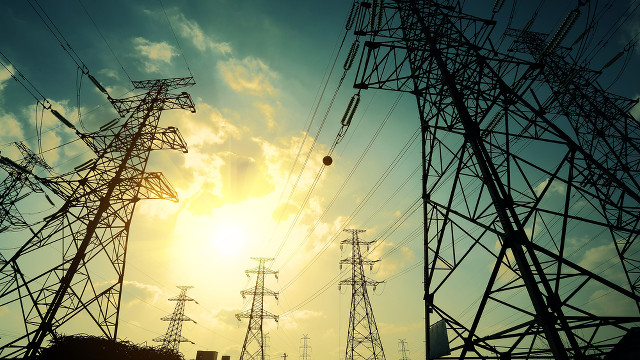SUMMARY
This is AI generated summarization, which may have errors. For context, always refer to the full article.

MANILA, Philippines – Government offices will spend P12.9 billion ($294 million)* on its electricity and water bill next year, based on allocations in the proposed 2015 national budget.
This means monthly utility expenses of more than P1 billion ($22.8 million) a month for national government offices alone.
To keep government from spending this much money, Senate President Pro-Tempore Ralph Recto suggested that public buildings should be installed with solar panels.
“When it comes to use of renewable energy, government must practice what it preaches,” Recto said.
On August 12, the lawmaker filed the proposed “Green Energy Government Offices Act,” which prescribes measures to reduce the carbon footprint of government buildings.
Carbon footprint is the amount of carbon dioxide emitted due to the consumption of fossil fuels often used to generate electricity.
The use of solar panels, which harnesses renewable energy from the sun, emits no carbon dioxide. (READ: How practical is solar power for PH home owners?)
Recto’s bill, if passed, will require the Department of Energy and the Department of Public Works and Highways to install green energy systems (such as renewable energy systems) and craft energy conservation guidelines.
Increasing, ‘wasteful’ trend
The projected P12.9-billion electricity and water budget of national government offices is only the latest peak in a trend of increased spending on utilities.
In 2011, national government offices spent P8.4 billion ($191 million) on energy and water. In 2012, this went up to P9.2 billion ($210 million). In 2014, it was P12.2 billion ($278 million).
These numbers are only the allocated funds. But, according to Recto, the amount actually spent on utilities surpasses the intended budget.
“In 2012, for example, while national budget documents reported an expenditure of P9.2 billion for utilities, actual amount spent, according to the Commission on Audit, was P11.1 billion ($253 million),” he said.
Solar power, in contrast, would be a worthier investment because it “represents fuel input that is free-of-charge and will not affect our foreign currency reserves as imported petroleum and other fossil fuels do,” Recto stressed. (READ: Solar power can reduce fossil fuel demand)
Installing solar panels in government buildings would also allow the government to maximize the job-creating potential of renewable energy.
The current $800-million (P35.1 billion) in direct investments in green energy is expected to create 3,500 new jobs, he said. (READ: DOE to add more renewable energy in grid by 2014)
Through the Renewable Energy Act of 2008, the Philippine government is tasked with developing renewable energy options in the country. According to the DOE, 13% of the country’s energy supply comes from renewable energy. – Pia Ranada/Rappler.com
*1 USD = Php 43.88
Power transmission towers image from Shutterstock
Add a comment
How does this make you feel?
There are no comments yet. Add your comment to start the conversation.